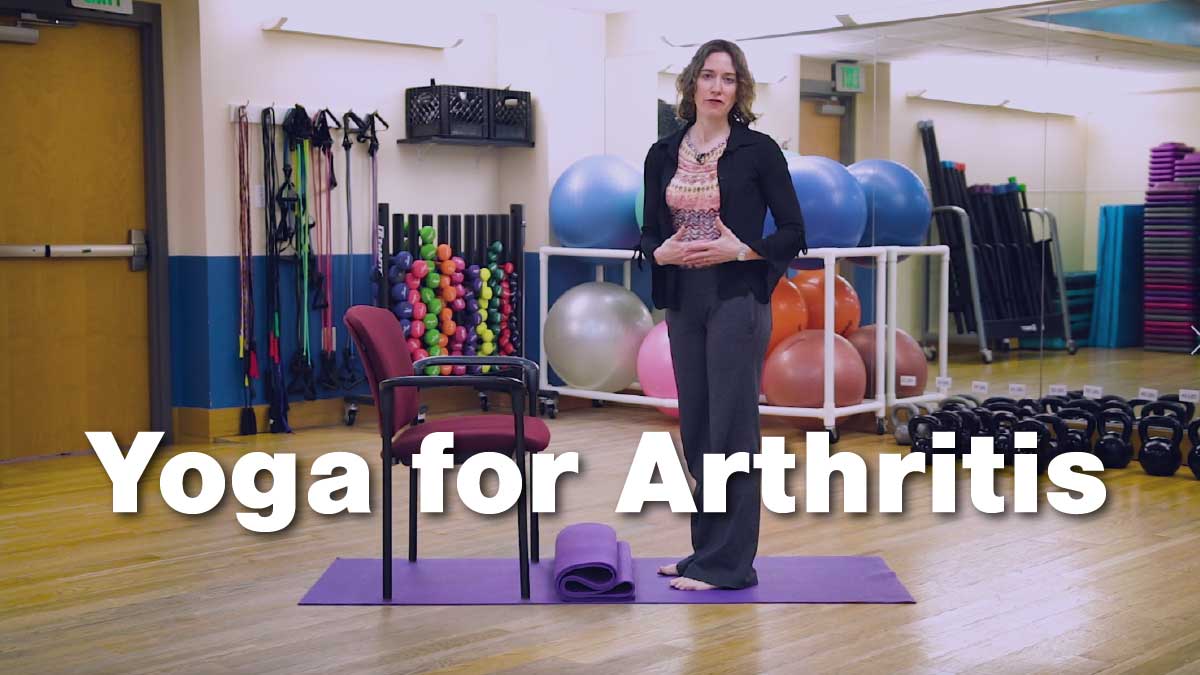
Johns Hopkins Rheumatologist Dr. Zsuzsanna McMahan discusses how Scleroderma is diagnosed.

Get to know your psoriatic arthritis and make note of your experiences. You can help your doctor monitor your psoriatic arthritis by sharing your experience of symptoms and life impact for you. While lifestyle changes alone are not enough, there are things you can do to help control your psoriatic arthritis. Maintaining an ideal body weight is essential for psoriatic arthritis both for disease activity, and for decreasing your cardiovascular risk and the risk of fatty liver.

Practicing yoga just two or three times a week can improve pain, physical fitness, and mood. Sometimes people living with arthritis can feel intimidated from approaching a yoga practice. In this video we’ll show you a few ways that you can modify a yoga practice to make it more accessible, safer, and more comfortable for those with arthritis. We’ll discuss safe ways to get up and down from the floor, ways to adjust the poses for both wrists and knees, and yoga poses that you can do seated in a chair.